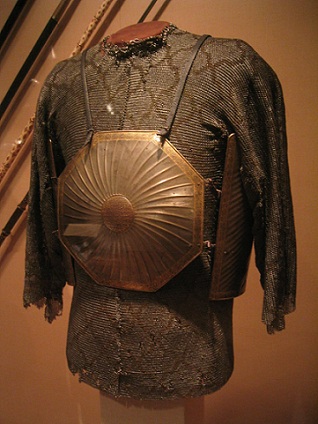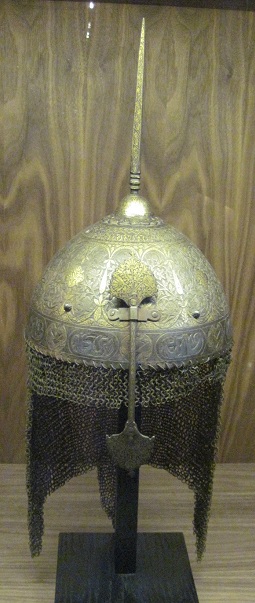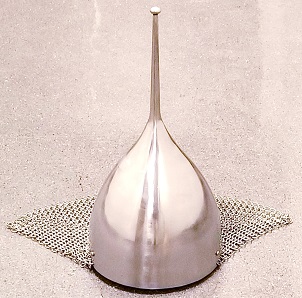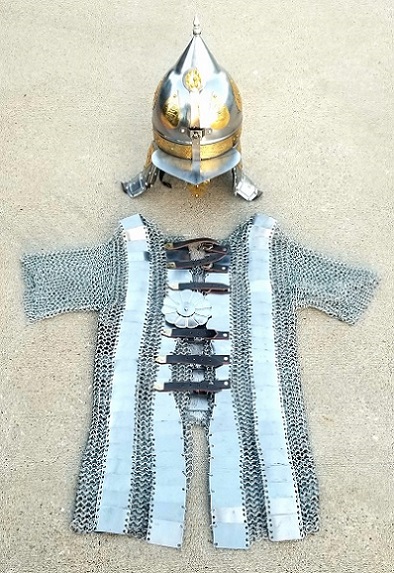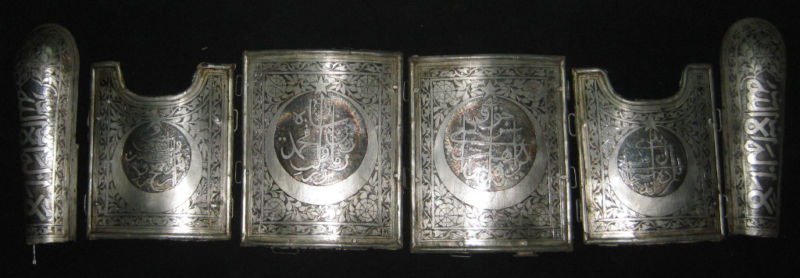Subject: ghulam knight
Culture: Iranian
Setting: Safavid empire, Persia 16-17thc
Object: armor
Harwood International > Samurai Collection *
"Khula-khud helmet Iran 17th century Iron, gold" ...
* Metropolitan Museum of Art > Stone Gallery of Arms and Armor
"Armors for Man and Horse Steel, leather Syrian, Iranian, and Turkish, comprehensively about 1450-1550
The horseman's armor and the horse bard, composed of elements from different sources, are here associated to provide an image of the heavy cavalry frequently illustrated in Persian miniatures of the fifteenth and sixteenth centuries. The armors are of distinctly Near Eastern type, composed of small steel plates connected by mail. Though the plates were originally polished mirror bright, armors for man and horse were frequently covered with colorful textiles.
Global Nautical *
* Metropolitan Museum of Art > Stone Gallery of Arms and Armor
"Cuirass (Char Aina) Steel, gold Iranian, 17th century
This exceptionally fine cuirass of watered steel is unusual in its use of octagonal plates decorated with fluting. The edges and central bosses are damascened in gold with Koranic inscriptions.
*
Curious House *
